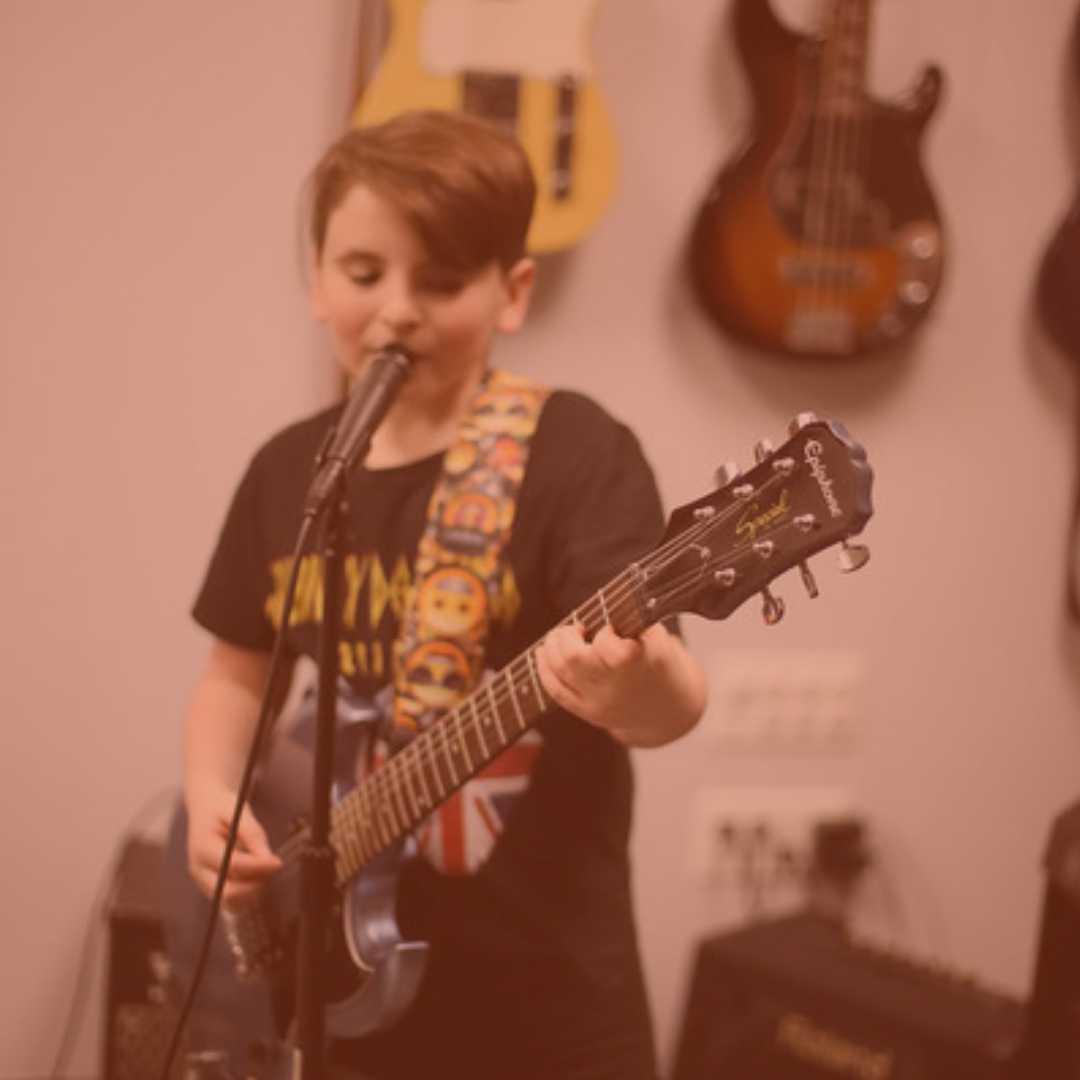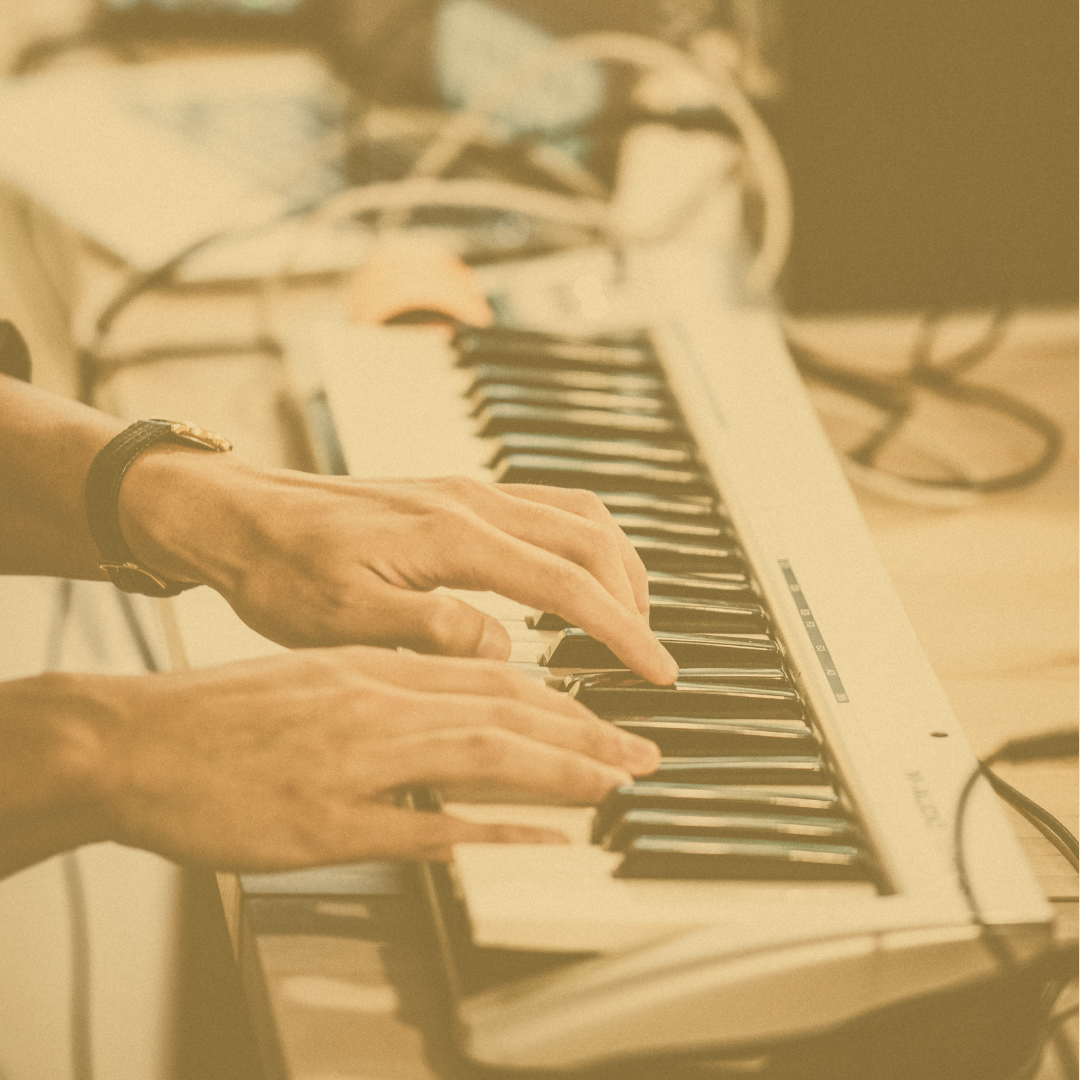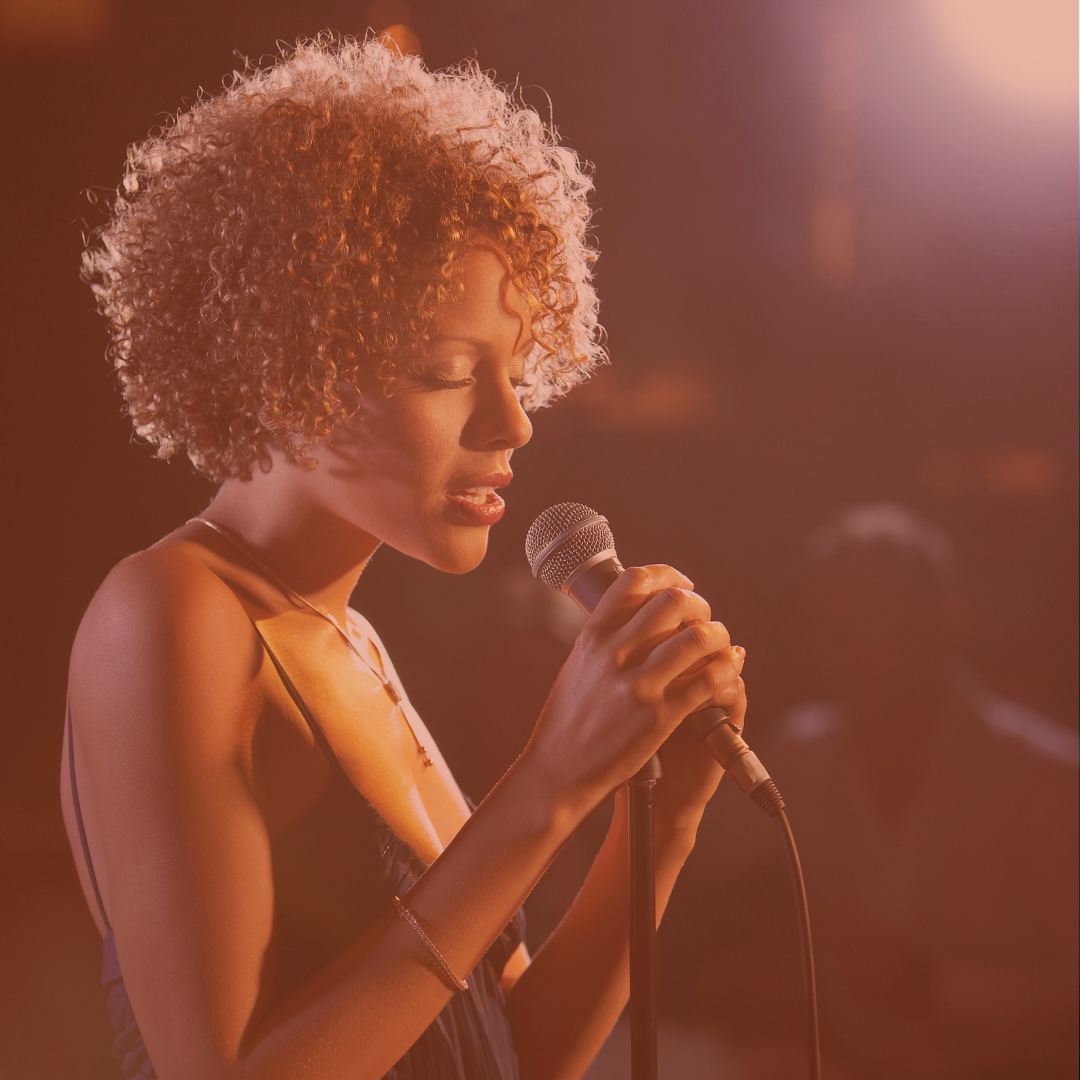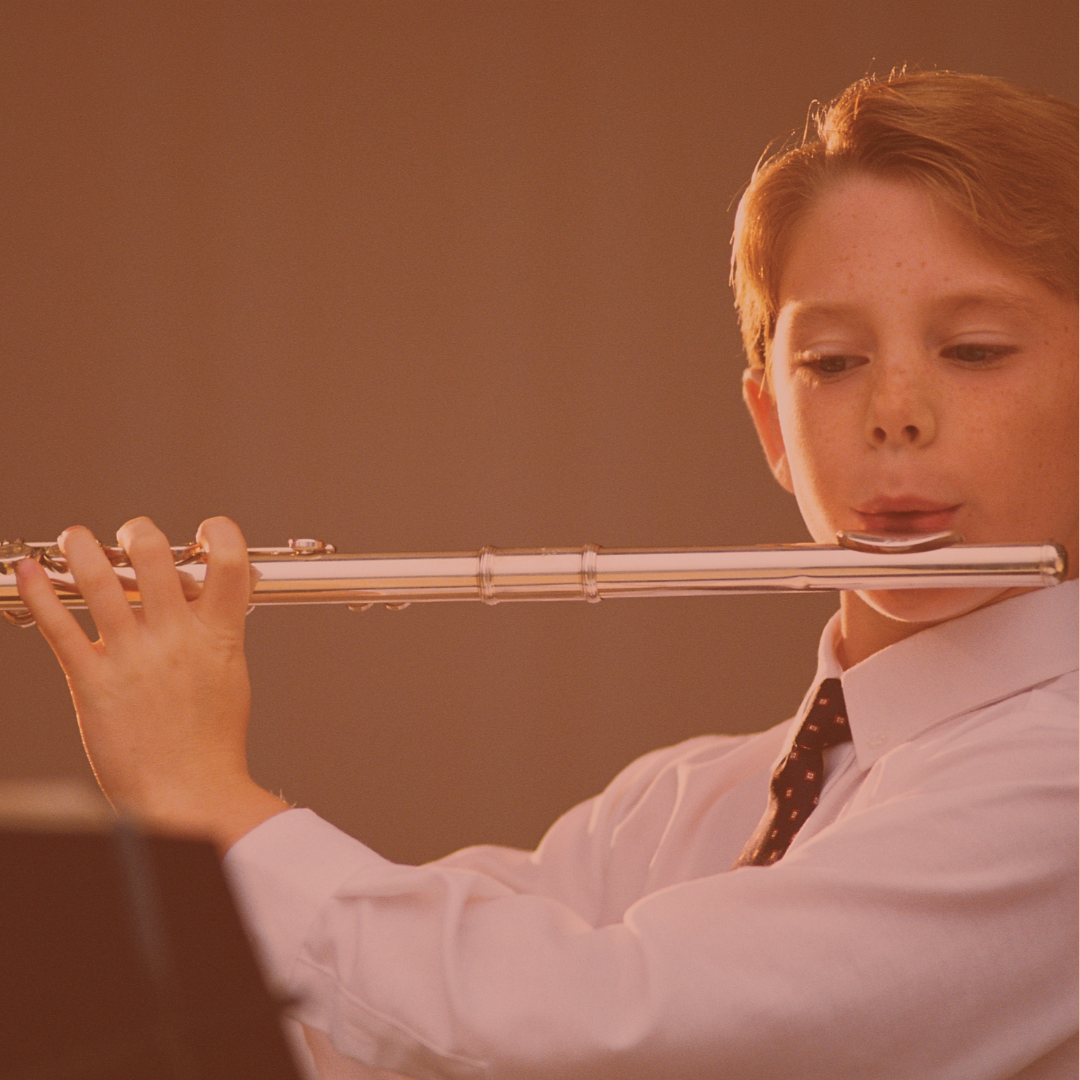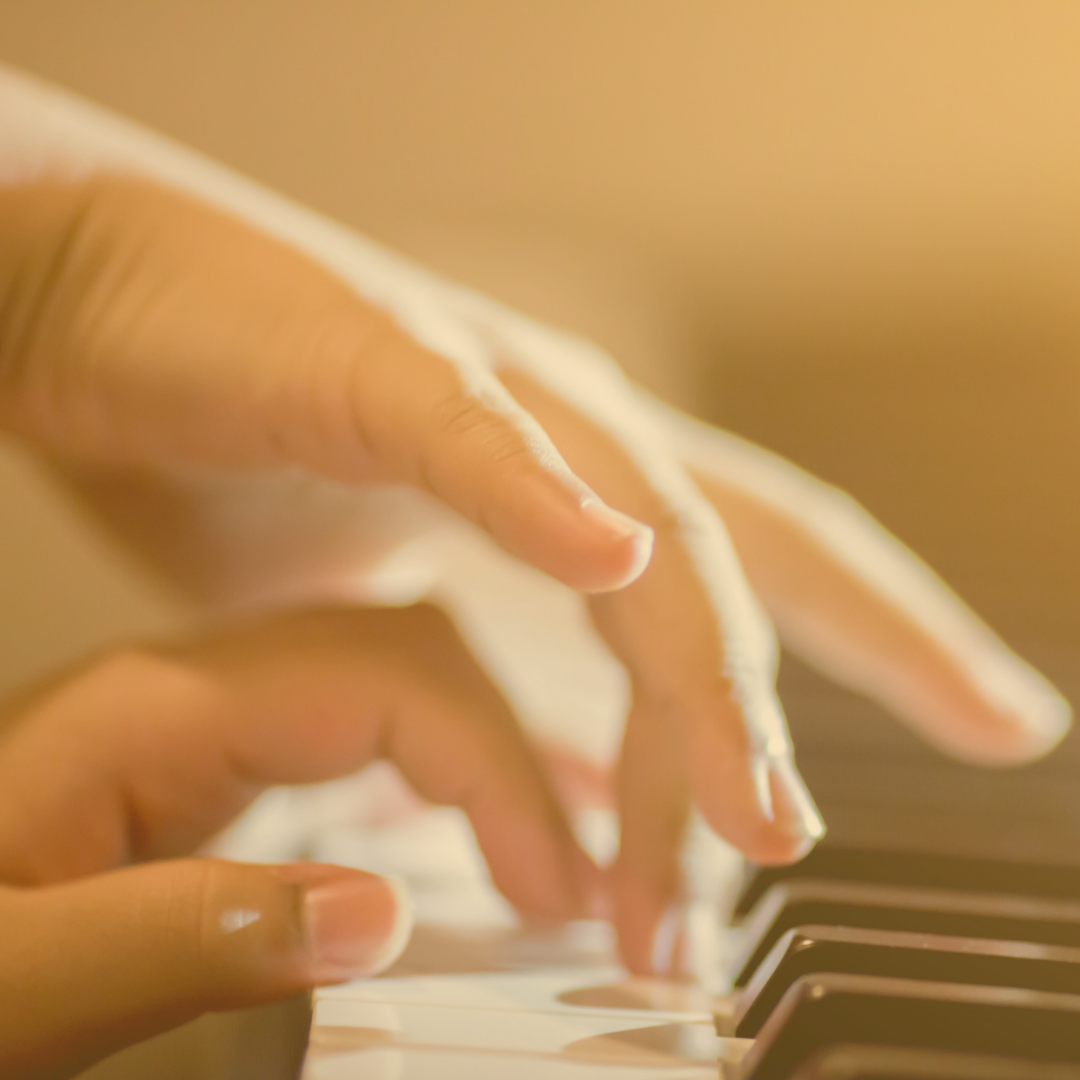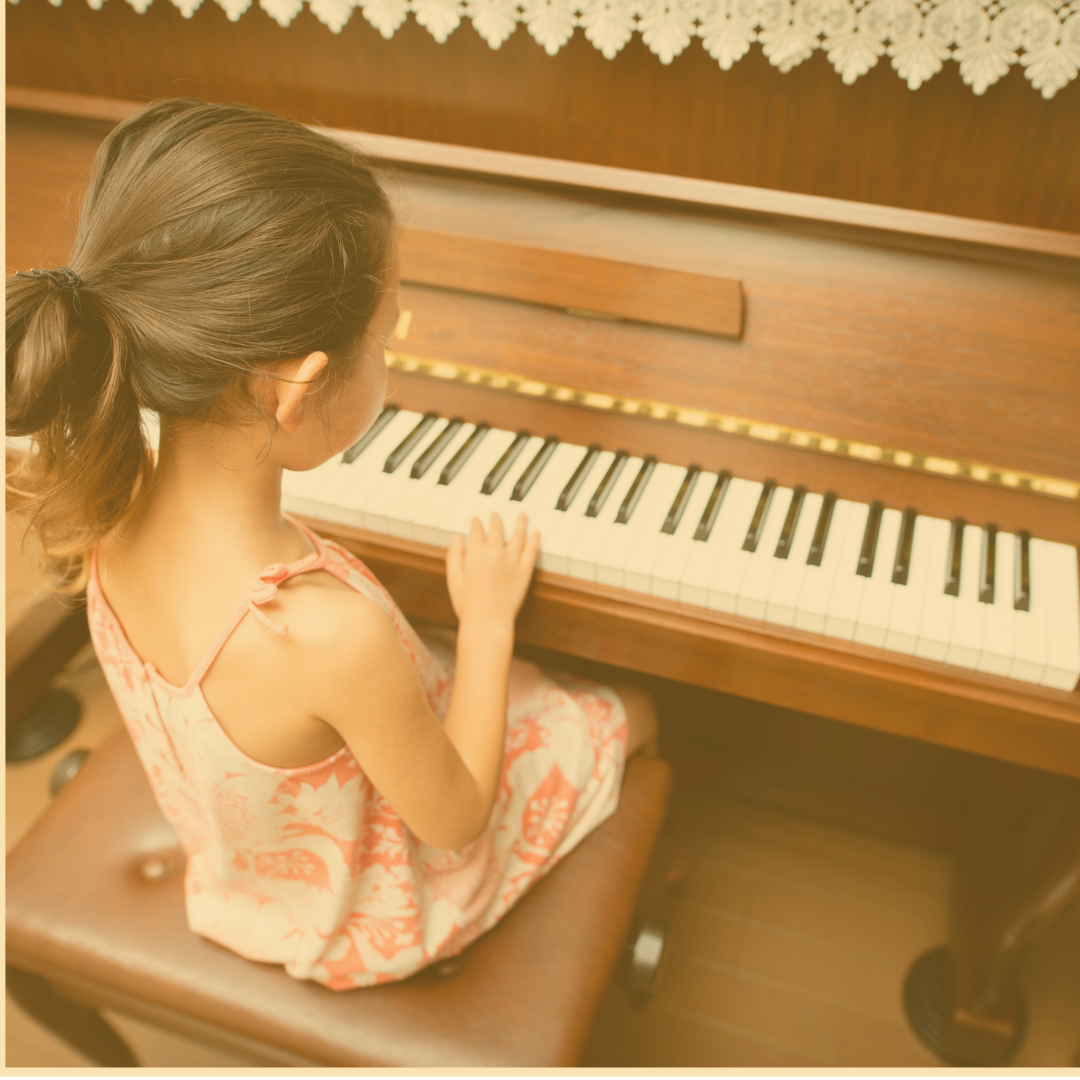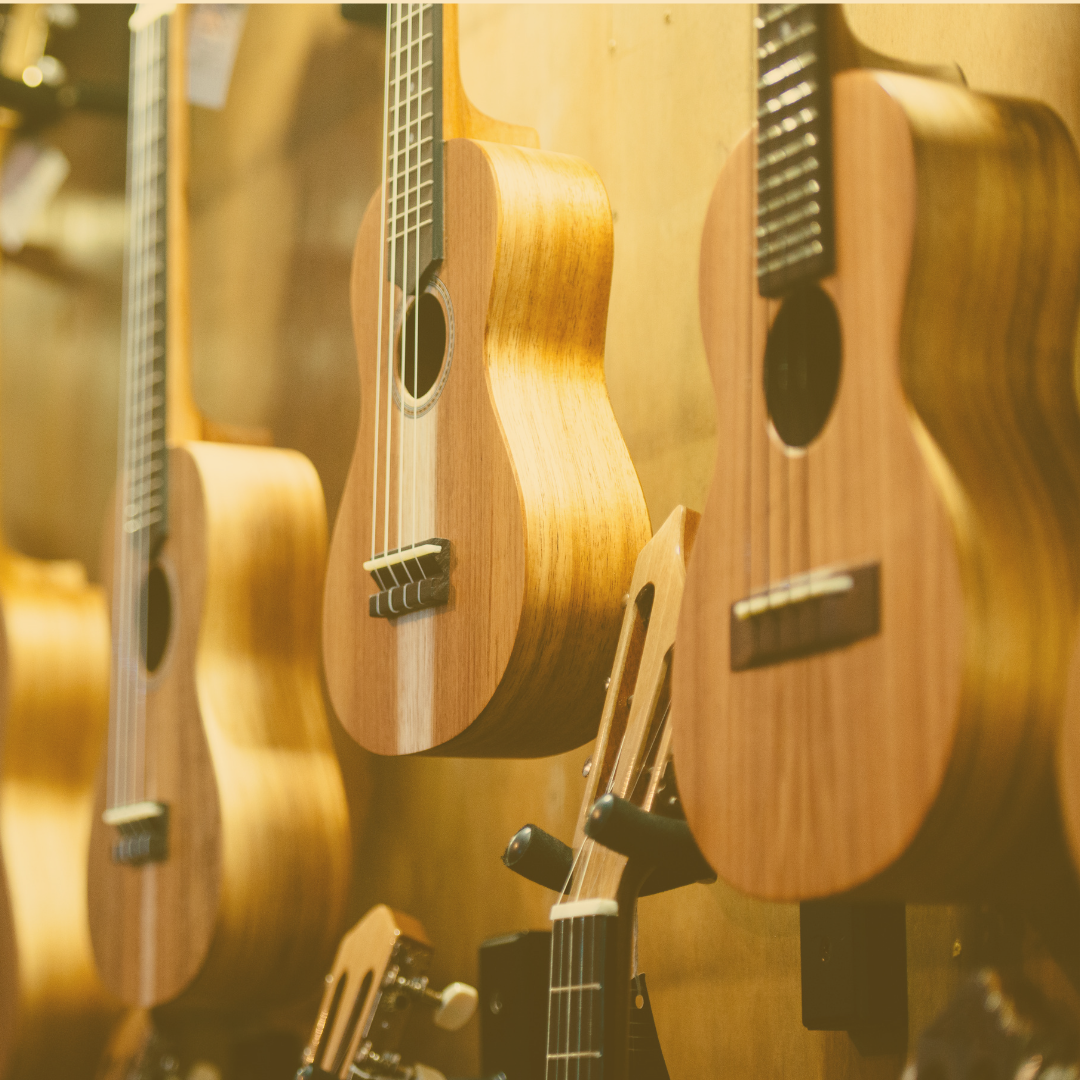Getting Your Child’s Instrument
So your child is ready to take music lessons, and there is only one problem…you don’t have an instrument yet. You may be wondering if you should invest in an instrument before you know if your child likes it, or you may just not know where to start in the buying process. The tips below will help you make a decision about when and how to buy your first instrument.
Purchase the instrument after the first few lessons:
Borrow an instrument from a friend
You may know lots of people that wouldn’t mind lending out their instrument for a few weeks.
Have the first lesson at at a neighbors house with the instrument
Most in-home music teachers will be happy to go to neighboring house for the first lesson or two (i.e a neighbor with an upright piano).
Use your teacher’s instrument
It is usually not possible to transport larger instruments like keyboards, but for smaller instruments often times a student can use their teacher’s instrument for the first lesson. This is the case for guitars, ukuleles, violins etc. Be sure to ask about this in advance.
Rent an instrument
Try a store like Rental Instrument or Carroll Music Instrument Rental, many piano stores will also allow you to rent monthly.
Ready to buy an instrument? Read on!
Keyboards are okay!
If you would prefer not to invest in a piano, start with a small keyboard. Eventually you may decide to upgrade but a keyboard is fine to start with. Need information on what kind of keyboard to buy? Check out this blog Find The Best Keyboard For Your Budget.
Buy a used instrument
Look on Craigslist or put out an email to friends seeing if anyone would like to sell their instrument. If you buy used, be sure to get an intrument that still functions at a quality level. In the beginning of learning a new instrument, not only is your child learning the notes, but learning to physically make the instrument sound good. If your child is playing a poor quality instrument (i.e, a guitar that won’t stay in tune, a keyboard with broken keys etc.) it will likely cause a lot of frustration in the beginning. Of course, this doesn’t mean you need to go out and buy a Gibson guitar, but getting an instrument that functions well is important.
Try out different models in a store
Go to a music store try out different models of the instrument. Stores like Sam Ash or Guitar Center have samples of most intruments that you can play.
